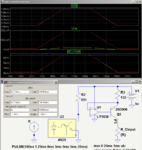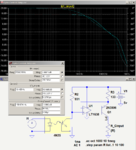- Joined
- Jan 22, 2008
- Messages
- 52,422
- Helped
- 14,749
- Reputation
- 29,780
- Reaction score
- 14,101
- Trophy points
- 1,393
- Location
- Bochum, Germany
- Activity points
- 298,107
Onsemi datasheet, but unfortunately, I read it wrong. hFE 300 is maximum. Thanks for clarifying.

